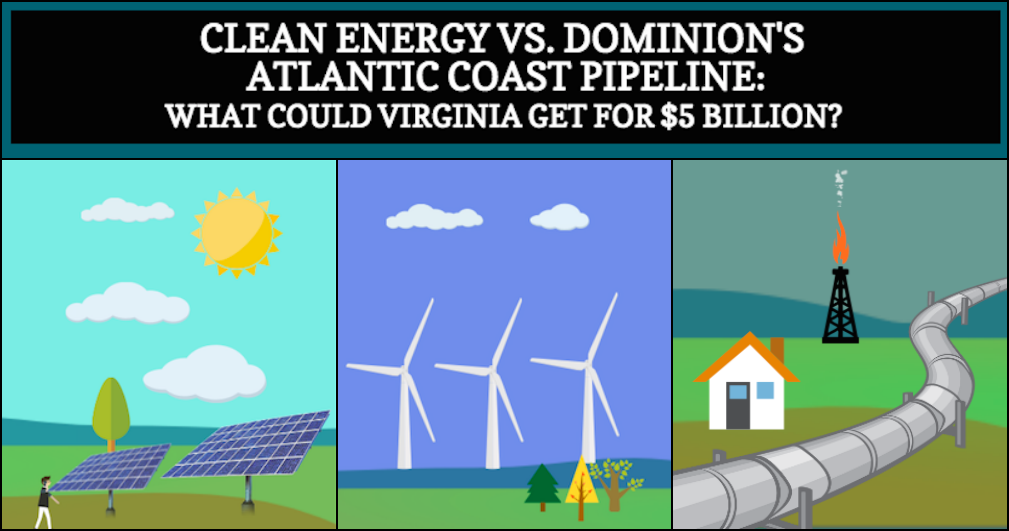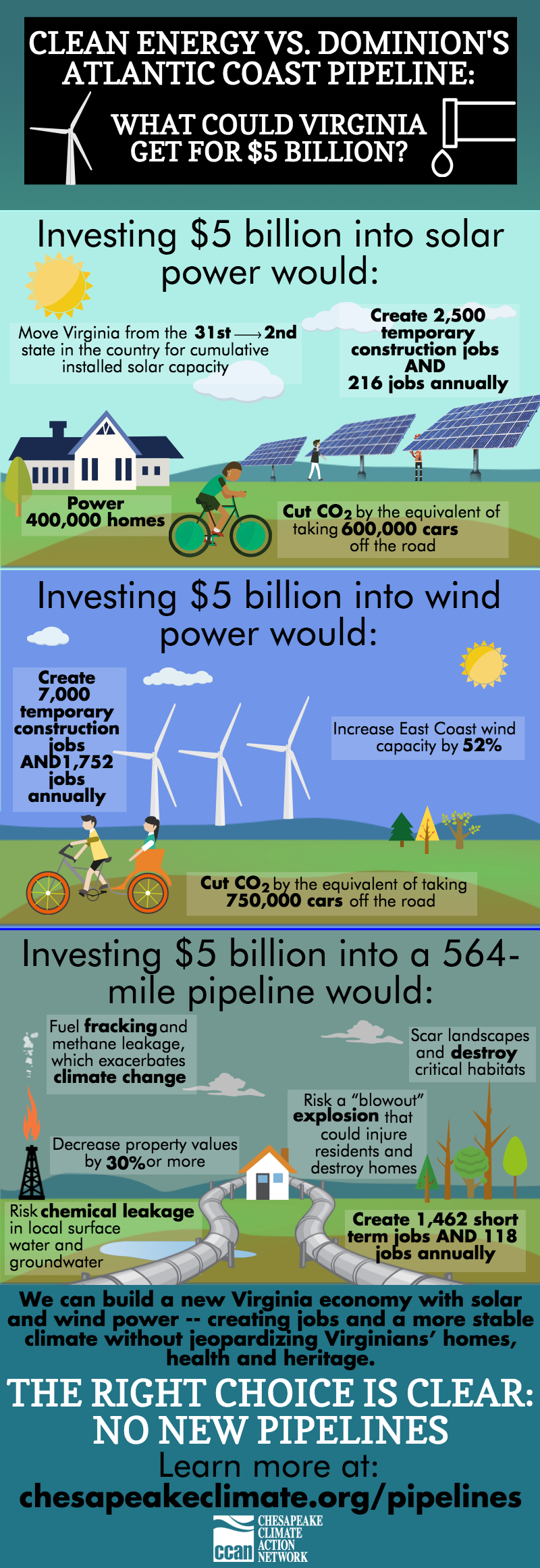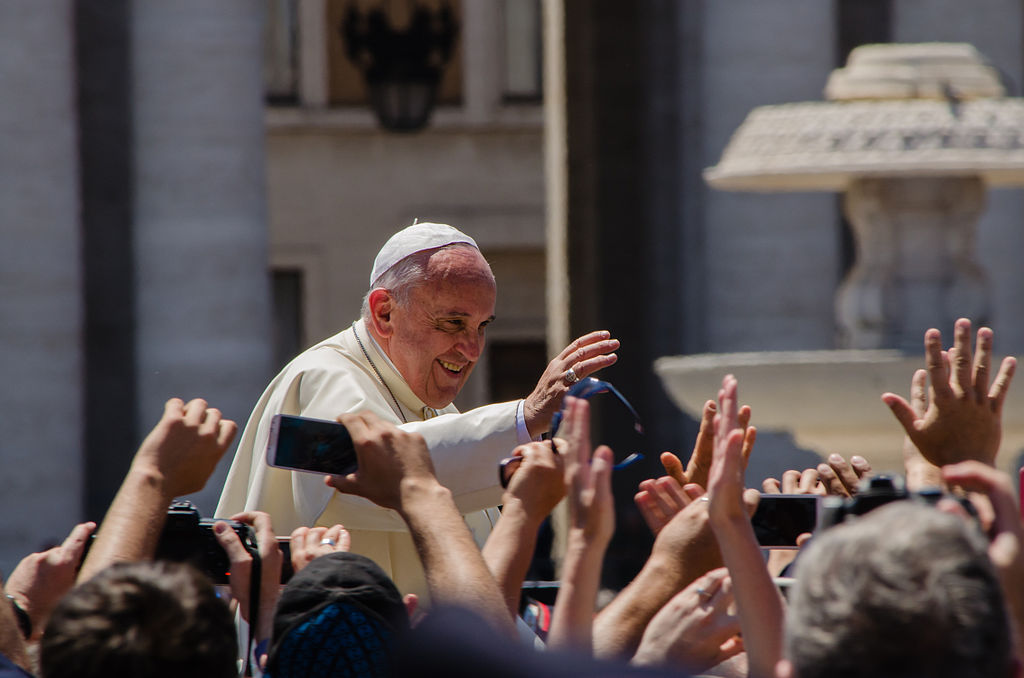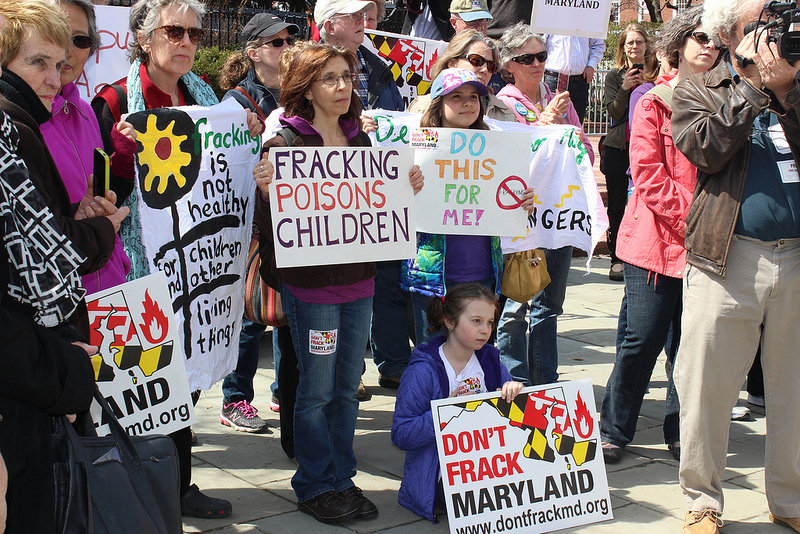**MEDIA ADVISORY**
Saturday, October 24:
Prince George’s Expo to Showcase Clean Air and Community Benefits of Expanding Climate Action in Maryland
Del. Dereck Davis and Councilwoman Toles to join over 20 civic, government, clean energy business, environment, and faith groups
Event is part of a six-stop fall ‘Clean Energy Roadshow’ highlighting benefits of increasing Md.’s renewable energy standard
DISTRICT HEIGHTS—On Saturday, October 24th, Delegate Dereck Davis and Councilwoman Karen Toles will join the Maryland Climate Coalition and over 20 green business, civic, faith, government, and environmental groups for an “Energy, Health & Climate Expo” at the Suitland Community Center.
Through a panel discussion, workshops, and interactive booths, the event will showcase how Marylanders can participate in and benefit from climate solutions—from making their homes more energy efficient to exploring solar job opportunities to speaking out for stronger clean energy policies in the General Assembly.
The expo in Prince George’s County is part of a six-stop “Clean Energy Roadshow” organized by the Maryland Climate Coalition this fall. Each event is highlighting how renewing Maryland’s landmark 2009 Greenhouse Gas Reduction Act, which must be reauthorized in 2016, and expanding the state’s clean energy standard to 25% by 2020 will benefit our health, economy and environment.
WHAT: “Energy, Health & Climate Expo: Renewing Maryland Together,” including a panel discussion with Delegate Dereck Davis and Councilwoman Karen Toles, interactive booths with over a dozen organizations and green businesses, and family-friendly activities on energy efficiency and public health. Participants will find resources on saving energy and money by going green at home.
WHERE: Suitland Community Center, 5600 Regency Ln, District Heights, MD 20747
WHEN: Saturday, October 24th, 1-4pm. Panel discussion will begin at 1:30pm.
WHO: Panel discussion on the state policies we need to grow Prince George’s clean energy economy will feature:
- Maryland Delegate Dereck Davis, District 25, Prince George’s County
- Commissioner Karen Toles, Prince George’s County Council
- Adam Ortiz, Director for the Department of the Environment of Prince George’s County
- Sara Via, Department of Biology at the University of Maryland, College Park
Participating organizations and green businesses include:
The EmPowers: energy-saving superheroes! * Shepherd Energy * Prince George’s County Department of the Environment * Prince George’s County Department of Parks and Recreation* Eco Beco * Chesapeake Climate Action Network * Maryland Organizing for Action * Climate Change Maryland * Groundswell clean energy purchasing groups* Solar City * Complete Home Solutions * Community Forklift * Grid Alternatives * Prince George’s Greens * Chesapeake Physicians for Social Responsibility * Interfaith Partners for the Chesapeake * Watt Watchers * Maryland Department of Housing and Community Development * Greenbelt Climate Action Network * Climate Change is Elementary * PEPCO * Boy Scouts of America * National Wildlife Federation
CONTACT: Kelly Trout, Chesapeake Climate Action Network, 240-396-2022, kelly@chesapeakeclimate.org
The next three clean energy roadshow stops will be:
November 12th, 5-8pm
Boys and Girls Club, 2002 Cedar Dr, Edgewood, MD 21040
November 17th, 7-9 pm
Columbia East Library, Center for Aging, 6600 Cradlerock Way, Columbia, MD 21045
November 21st, 1-4pm
Baltimore City Community College, 2901 Liberty Heights Ave, Baltimore, MD 21215
Advocates are using the hashtag #CleanerMDnow to distribute information about the 2016 legislation and these supporting events.
###
The Maryland Climate Coalition brings together environmental, faith, labor, and civic organizations to advance clean energy and climate policies in Maryland. For more information about the Maryland Climate Coalition, visit http://www.marylandclimatecoalition.org.






